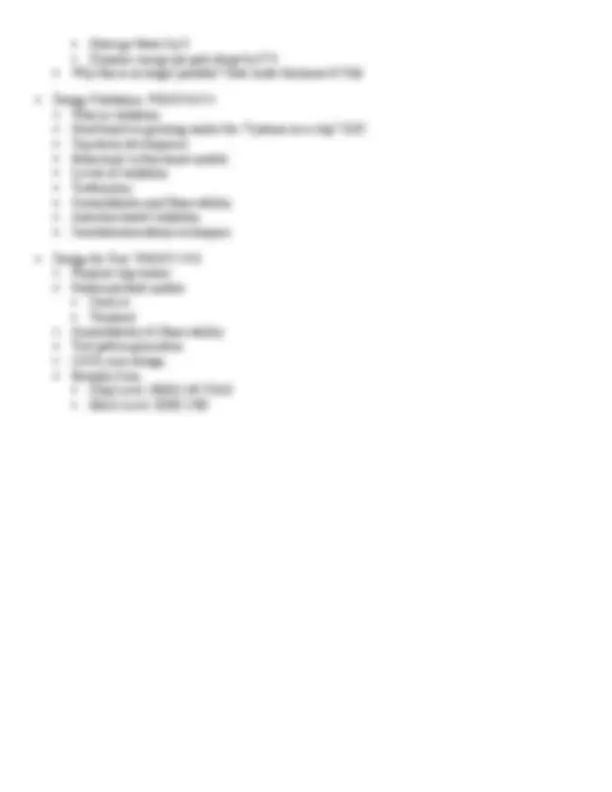



Study with the several resources on Docsity

Earn points by helping other students or get them with a premium plan


Prepare for your exams
Study with the several resources on Docsity

Earn points to download
Earn points by helping other students or get them with a premium plan
Community
Ask the community for help and clear up your study doubts
Discover the best universities in your country according to Docsity users
Free resources
Download our free guides on studying techniques, anxiety management strategies, and thesis advice from Docsity tutors
Material Type: Exam; Class: VLSI Circuit Design; Subject: Computer Science and Engr.; University: Notre Dame; Term: Unknown 1989;
Typology: Exams
1 / 3

This page cannot be seen from the preview
Don't miss anything!


Final Exam Topics
Final exam is Tuesday Dec. 15 from 4:15pm till 6:15pm, 356 Fitz. Format: Similar to prior exams but with some questions being sets of multiple choice, true/false, very short answer. Open book and notes but no electronic communication or computer. Bring a calculator. Topics are from Exam 2 until now: